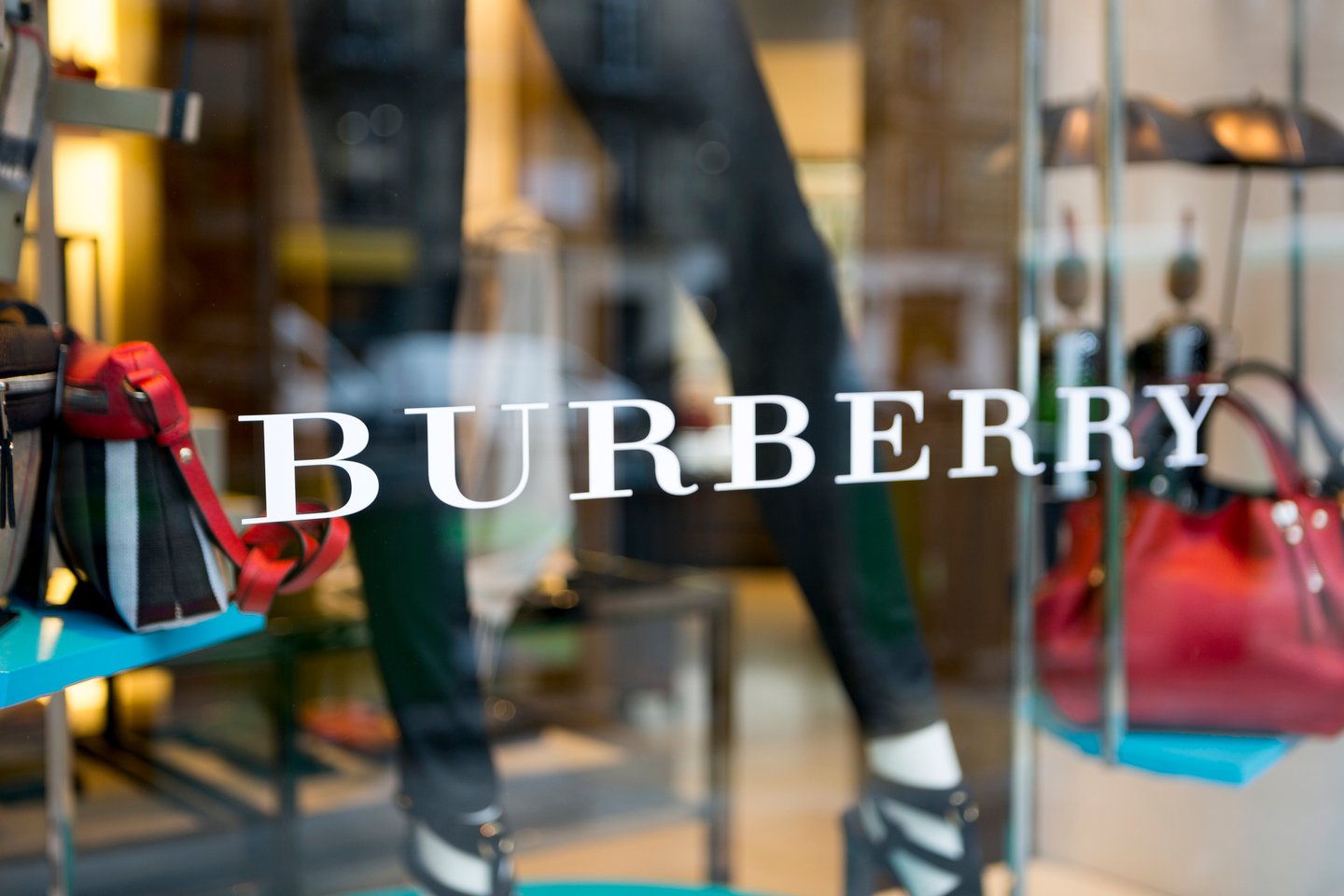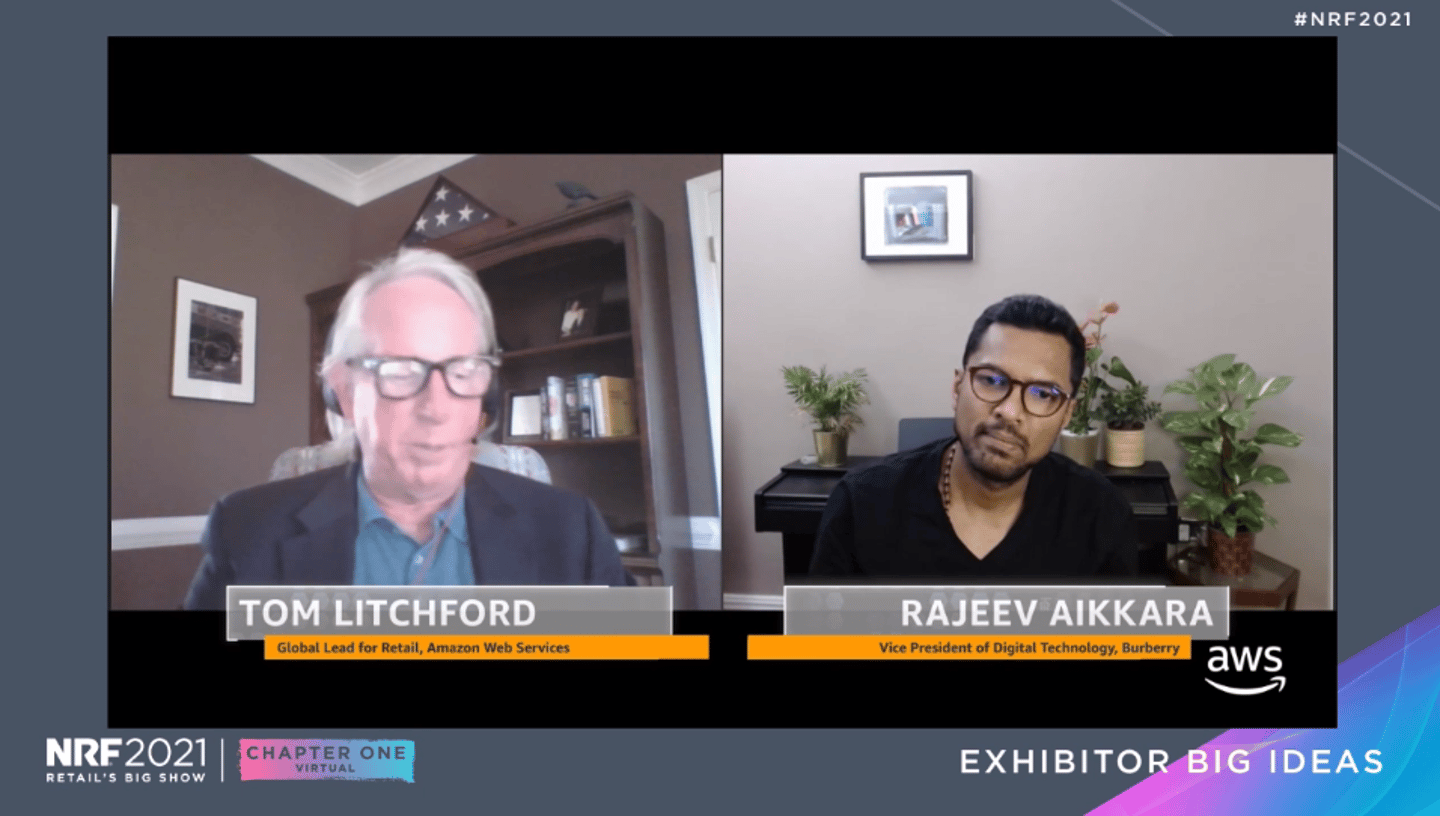How Burberry’s Digital Transformation is Driven By Consumer Experience
Burberry can’t predict the future, but it can build an agile, nimble architecture and culture to be ready for it. So, how is this iconic brand leveraging digital transformation to accomplish this and drive growth? According to its VP of digital technology Rajeev Aikkara, Burberry has remained focused on redefining and elevating the consumer experience.
According to Aikkara during NRF 2021, “The industry has been going through profound changes, even before 2020.” We live in this era of consumer technology that already was moving at an unprecedented pace (through the internet, mobile and social media platforms, for example).
Even before the global health pandemic hit, you could see patterns emerge from the speed of tech:
- It is consumer-led. The bar is being set higher and higher through personalized, elevated experiences.
- The technology changes have enabled any aspect of business processes to be optimized, more efficient, more agile, and nimble.
- The regulatory policies all over the world are still catching up with these technologies, bringing challenges along the way.
Most businesses (unless they are a brand-new startup) also have a legacy suite of some sort within their tech, process, etc. Considering all this, Aikkara poses the question: How do we make sure we’re adapting, making use of technology, making use of the power of brand (digital story of the brand) – consistently, in order to get to a place to provide consumers with an elevated and personalized experience?
Fortunately for Burberry, the brand has always been a pioneer in the space of digital according to Aikkara. He notes that the company was in a good place to further accelerate that journey for consumers who are using digital channels, and it was already moving to get all its physical channels connected with those digital ones.
Regardless of the channel, Burberry has turned to the cloud in order to remain agile. And, while it is driven by its consumers to elevate their experiences, Aikkara explains that this drive also has to provide colleagues with the best tools to serve those consumers as well.
Quite often companies make the mistake of having a good website, but the marketer has an inferior solution for example – so you want to make sure that you can adapt, and part of that is making sure all your team members have all the right tools, he adds. “Have a good stack of data and analytics that you can use to serve the consumer and serve your colleagues.”
Some other advice offered includes:
-- Time and money are limited, so you must figure out how to balance your best on what you get from your legacy system, and where to go for a new piece of tech, where to focus your engineers, and where to buy off-the-shelf solutions (Saas). Burberry believes in owning the full consumer experience, so its engineers focus on building a great website as well as the integration from out of the box, cloud tools from various vendors for example. That way, they make sure everything is integrated well to provide a unique experience for consumers that also can be localized.
-- IT used to be a big expense that oftentimes would cause great repercussions if it failed. Now, IT is talked about as a shorter conversation … meaning you can fail smaller and try new things faster. “It’s a collaborative, cross-functional, consumer-obsessed, data-driven approach,” Aikkara says. This will succeed more than operating in silos.
-- When approaching the creation of your foundation, figure out where the most friction is being caused, and go attack that with the technology. You don’t want to have too many failures in your checkout funnel. That’s the place where customer is ready to give you money, so you can’t have the credit card function failing. Whereas, when it comes to the user experience for example, you need to experiment a lot so you can learn.
“Be clear on this distinction – make sure the operational functions are robust and working well. Whereas when it comes to the experimental place, make sure you’re allowed to do that with technology as well as culture (where you can ideate),” says Aikkara, but he warns, “Be careful about not overcomplicating things.”




